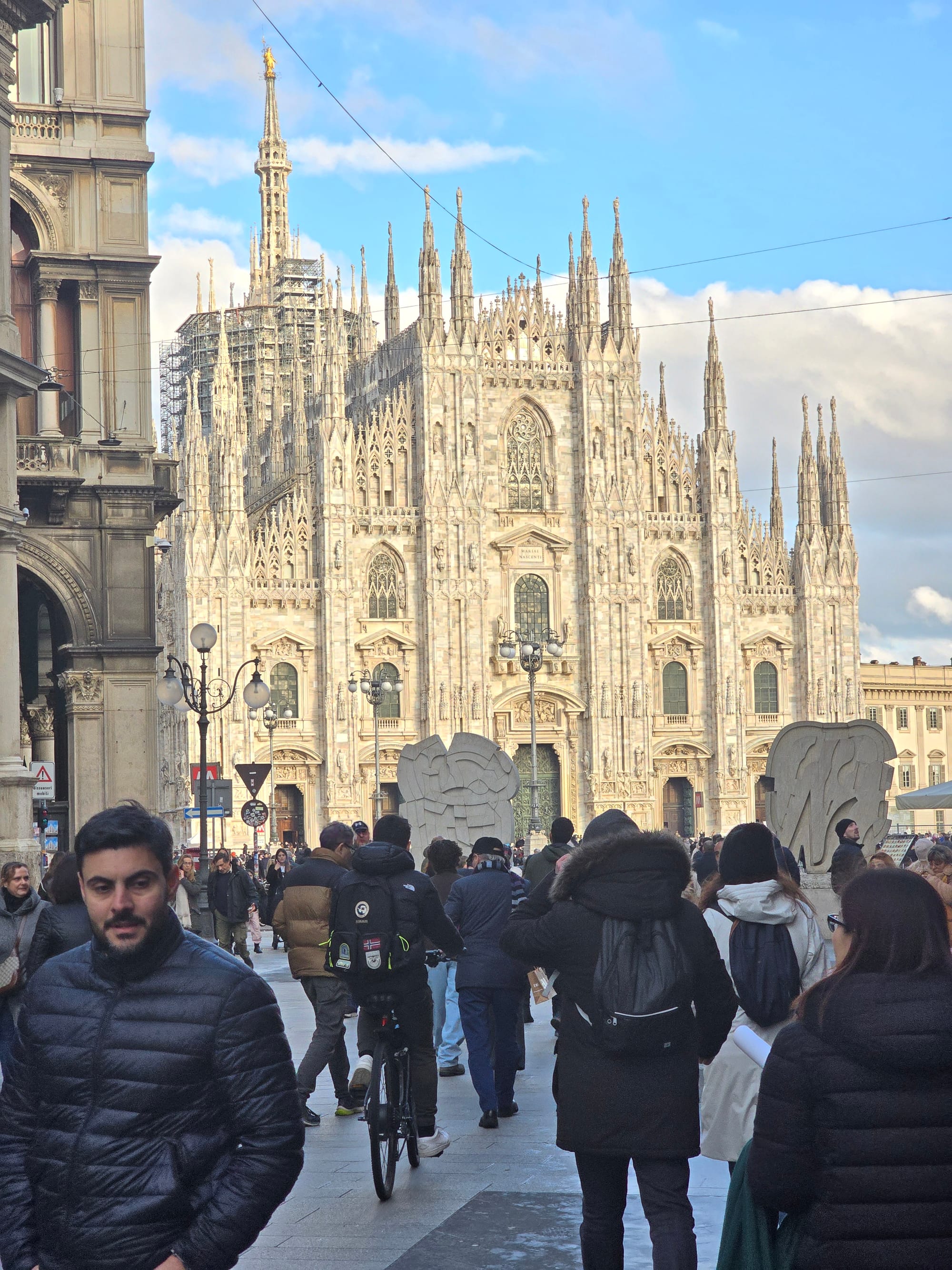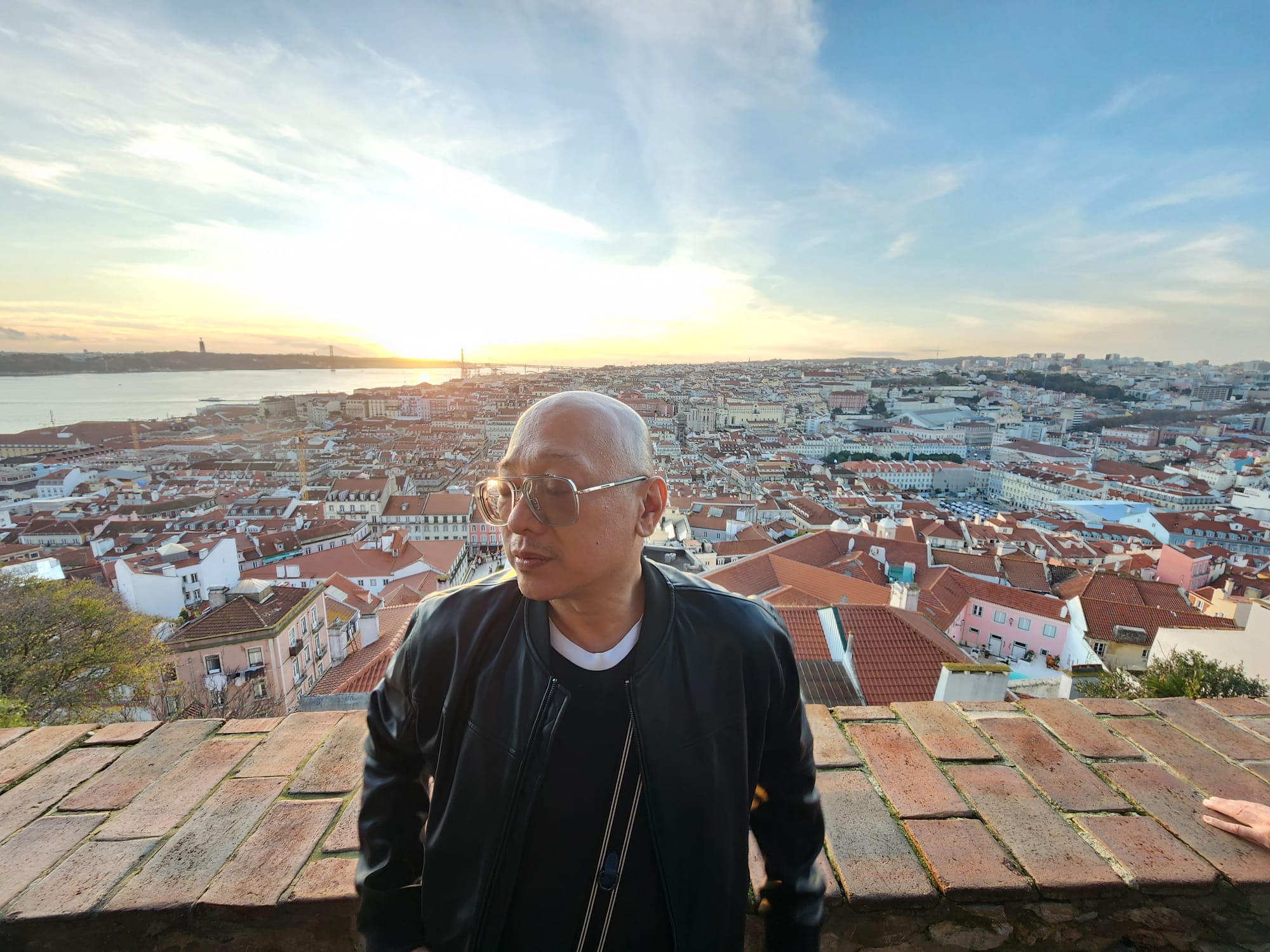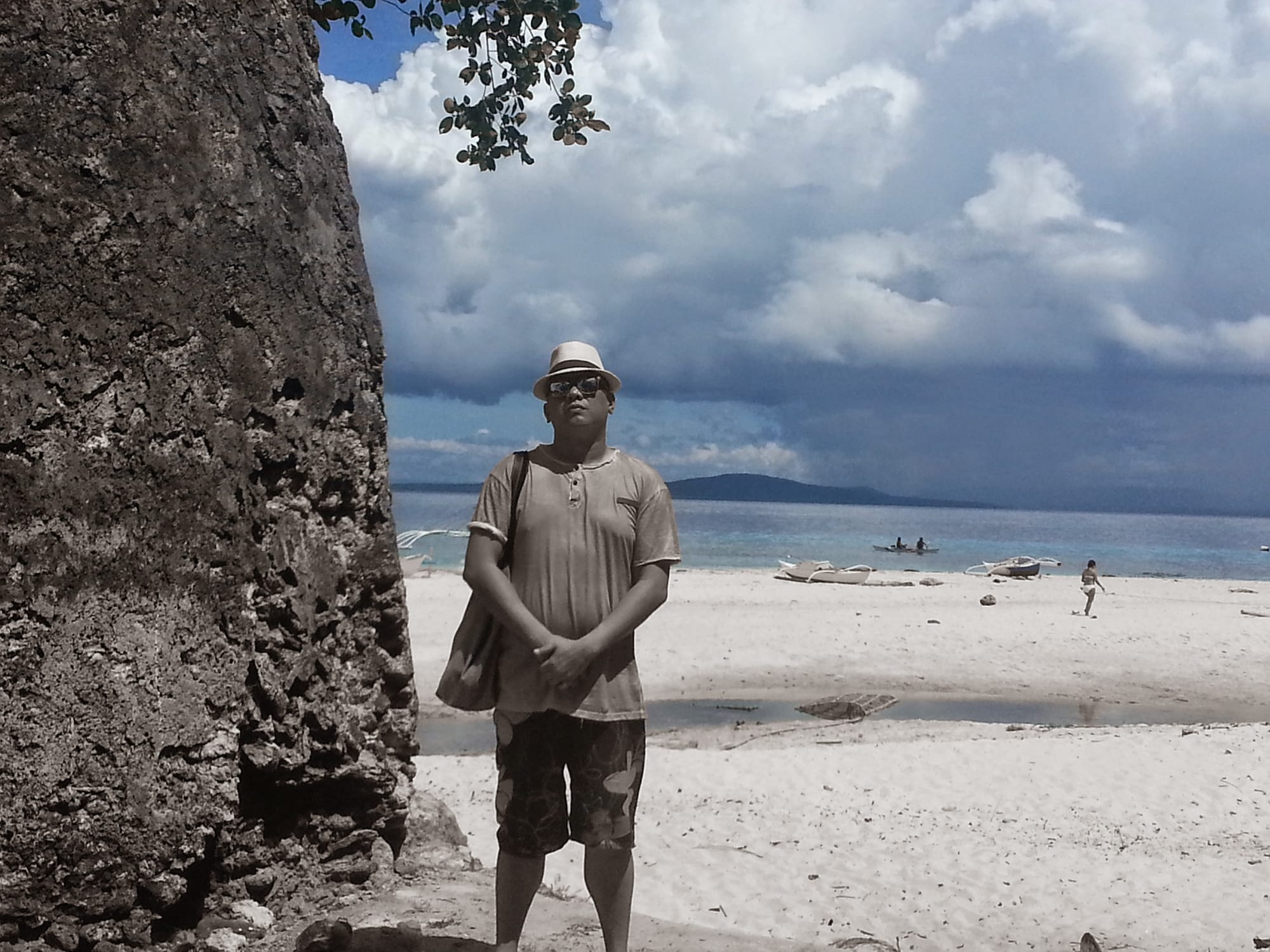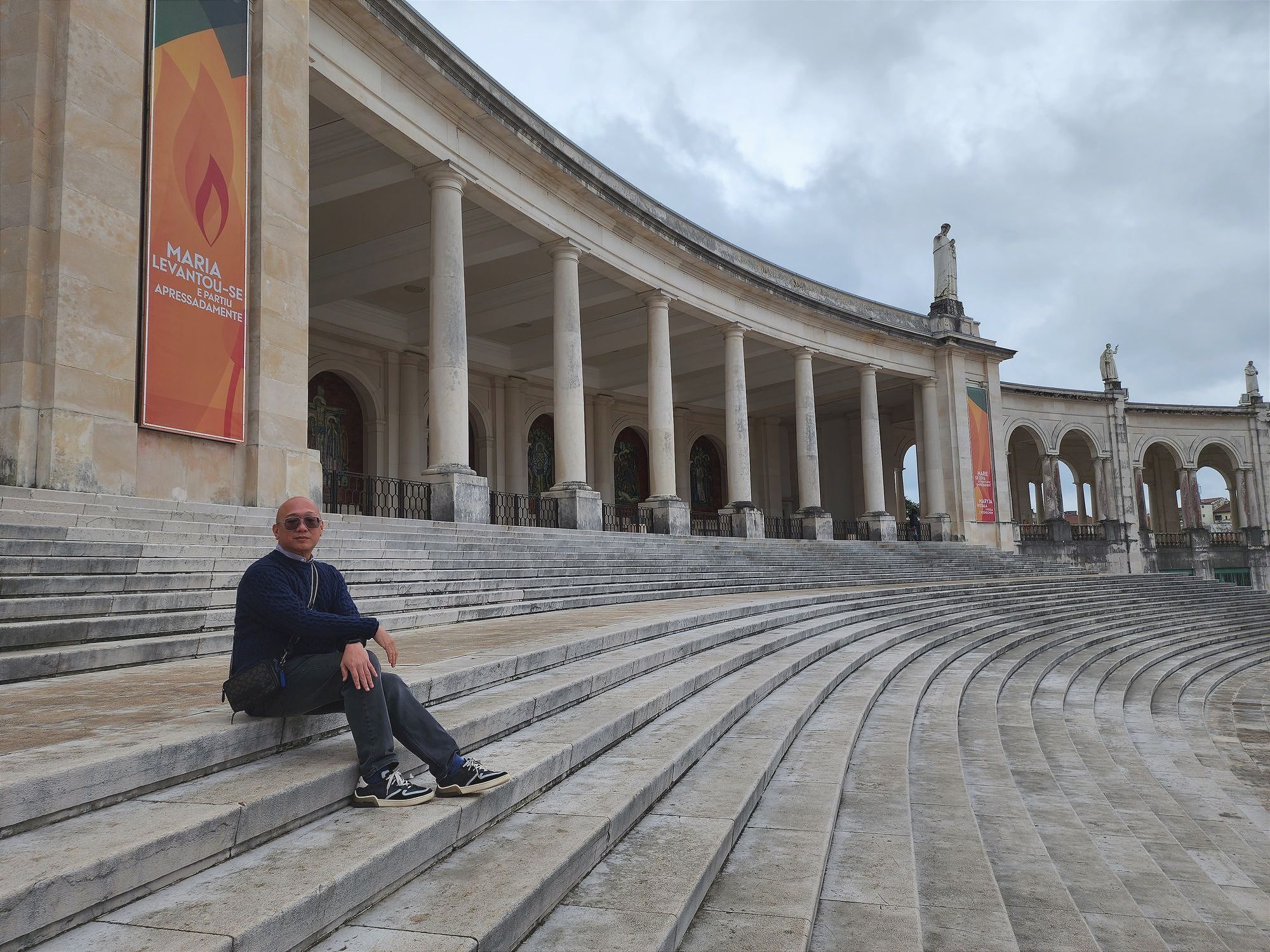Echoes of Grandeur: A Journey Through the Mosteiro da Batalha's Timeless Majesty
Mosteiro da Batalha: A grand monument, born of a king's vow, celebrating Portugal's storied victory and rich architectural heritage.
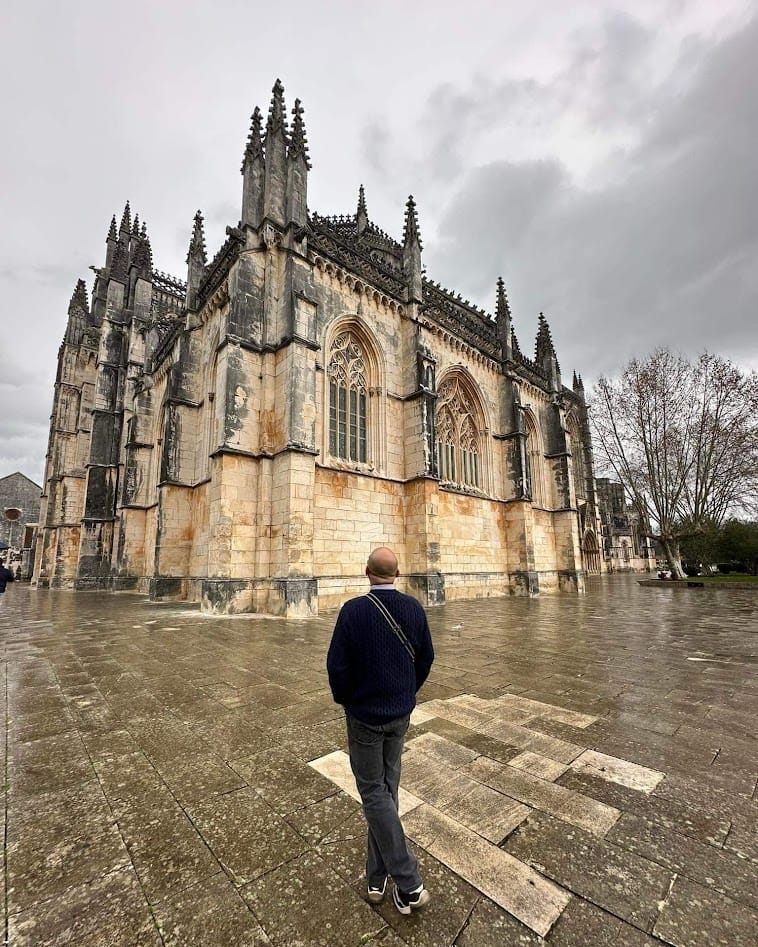
Dearest Readers,
In the spirit of grandeur that once graced the courts of yore, I invite you to join me on a literary promenade through the hallowed corridors of the Mosteiro da Batalha, a monument that is not merely a structure of stone and mortar, but a sonnet set in Gothic architecture.
The Genesis of a Gothic Gem
Nestled in the heart of Portugal, the Mosteiro da Batalha rises as a lasting monument to the pivotal Battle of Aljubarrota in 1385. Birthed from a vow by King João I, who promised the Blessed Virgin a grand monastery in exchange for victory, this structure stands as a fulfillment of royal decree and divine favor. As fate smiled upon the Portuguese, the victorious outcome laid the foundational stone of this majestic edifice.
A Walk Through the Ages
As one approaches the Mosteiro da Batalha, the very air seems to thicken with the weight of history. The façade, a tapestry of intricate carvings and statues, speaks in hushed tones of the countless artisans whose hands have shaped its destiny.
Entering its domain, you are greeted by the Abbey's church, a space where the celestial seems within reach. The stained glass windows filter the sunlight, casting a kaleidoscope of colors upon the stone, whispering stories of saints and soldiers alike.

The Unfinished Chapels: A Symphony of Stone
Perhaps the most intriguing of all is the monastery's Unfinished Chapels – a cluster of seven radiant structures that remain, as the name suggests, incomplete. These are not mere architectural afterthoughts; they are the embodiment of dreams unfulfilled, a poetic reminder that beauty can exist even in incompletion.
It is here that the air hums with the echo of what might have been, each chapel an ode to ambition, each pillar reaching up as if yearning for the final touch of the mason's chisel.

The Founders' Chapel: A Legacy Carved in Limestone
The Founders' Chapel, an ornate mausoleum, is the eternal resting place of King João I and his queen, Philippa of Lancaster. Here, effigies of the royal couple lie in repose, their faces serene, a silent homage to their legacy. The air is thick with reverence, each sculpture and carving a verse in this marble elegy to Portugal's past.

The Chapter House: Where Eternity Speaks
The Chapter House of the Mosteiro da Batalha is where the mortal coil meets the eternal. It is a room resonating with silent contemplation, where monks once gathered to read their daily chapter of the Rule of Saint Benedict. The vaulted ceilings rise high, bearing the weight of centuries, and in the center lies the Tomb of the Unknown Soldier, a tribute to the fallen whose names time has swept away.
The Cloisters of King João I: A Dance of Light and Shadow
To wander the Cloisters of King João I is to walk amidst a dance of light and shadow. The delicate interplay between the two creates a serene rhythm, a soft cadence that guides one through the corridors of contemplation. Here, the boundary between the divine and the earthly blurs, each archway a gateway to tranquil introspection.
The Refectory: Echoes of Monastic Life
The Refectory, once a place of communal nourishment, still resonates with the echoes of monastic life. It is easy to envision the monks seated in silence, partaking of their simple meals as they upheld the sanctity of their daily rituals.
The Royal Cloister: A Masterpiece of Manueline Art
The Royal Cloister is a jewel in the crown of the Mosteiro da Batalha, a masterpiece of Manueline art. The maritime motifs and elements of nature carved into its walls are a narrative of discovery, a time when Portugal looked beyond the horizon and found new worlds.

A Legacy in Stone
The Mosteiro da Batalha is not just a chapter in Portuguese history; it is a volume in the annals of humanity. Each visit is a pilgrimage, a journey that transcends the physical realm and offers a glimpse into the soul of a nation.
In conclusion, dear readers, the Mosteiro da Batalha is a narrative etched in stone, a place where history breathes, where every corner tells a story, and every stone is a sonnet. It stands as a monument to human endeavor, to the glory of faith, and the enduring pursuit of beauty. It is a chronicle of Portugal's heart and a mirror to its soul.
And with this, I bid thee farewell from this blog entry, but not goodbye, for the stories of such places are never truly finished, and the echoes of their grandeur shall forever resonate in the halls of our memory.
Be Well,
YRB

